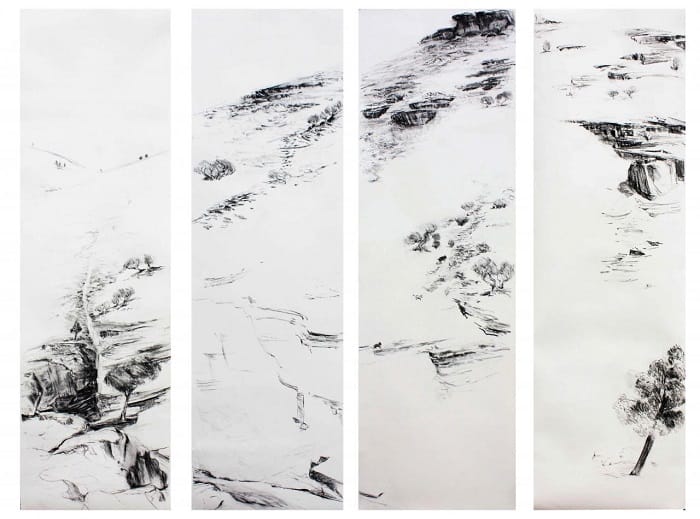Essay on VISUAL ANALYSIS PAPER
The art has always played a significant role in fixing ideals and reality of certain historical period. The notions of beauty, in particular, are different in different periods of time, and it is rather interesting and educational to study artifacts of people who lived on earth before. The Woman from Willendorf is a catchy example of ancient art that provokes a mixed response.
The Woman from Willendorf is a small prehistoric statuette made of oolitic limestone. It is about 4 inches high and more than 2 inches wide, yellowish by color with red tints of ochre. On the face of it, the image seems to be awkward or even outraging, but as the viewer learns the very sense of the artifact, the beauty of it begins to uncover itself. The figure is flaring because it portrays a naked obese woman, and the parts of her body are portrayed in detail. The female figure does not correspond to modern idea of beauty, but the function of the statuette was rather ritual than aesthetic. The shape of the figurine resembles a pear. Therefore, it seems rational to assume that the statuette is a portrayal of some goddess because such obese women used to be a symbol of fertility. Thus, the author tried his best to emphasize stumpy constitution of his model. The breasts are pendulous; the stomach is obese and circled with “ring-buoy”; the belly button is clearly defined; and the buttocks are outstanding. One more noticeable detail is that her arms are folded on her breast, which makes her look relaxed and calm. In fact, severe overweight of the woman was not posed as a defect. At the same time, no attention has been paid to her face. It is obvious that the parts associated with childbearing and fertility were crucial for the author. The vulva’s labia are treated in an outright manner, and the pubic area is even protruding too much.
Although the Woman does not have eyes or mouth, the master has dedicated much time to carving the upper part of her head. There are circular horizontal bands on it resembling plaited hair; on the other hand, it may be a headwear or something like that. The figure does not have feet; probably, they have been broken off or the author did not plan them at all. The latter assumption leads some researchers to the idea that the figure could be used in a vaginal way to favor easy conception, childbearing and childbirth.
The statuette is friable and crumby, and despite the realistic representation of its almost repulsive appearance, it may seem that the figure is made of pastry and looks rather appetizing. Apart from that, it should be taken to account that at the time the statuette was made people did not have such plenty of foods as we have today. It is doubtful that overweight women were prevailing twenty thousand years ago when they lived in a harsh ice age environment, so the exclusive female corpulence is likely celebrated not to show a typical representative of ancient community. Instead, such a shape became an object of ritualization, and a puffy female body naturally turned into a symbol of fertility. After all, personalization of natural forces was generic for ancient people, and in this way they probably produced a visualization of their ultimate dreams concerning abundance and healthy procreation.
Do you like this essay?
Our writers can write a paper like this for you!



